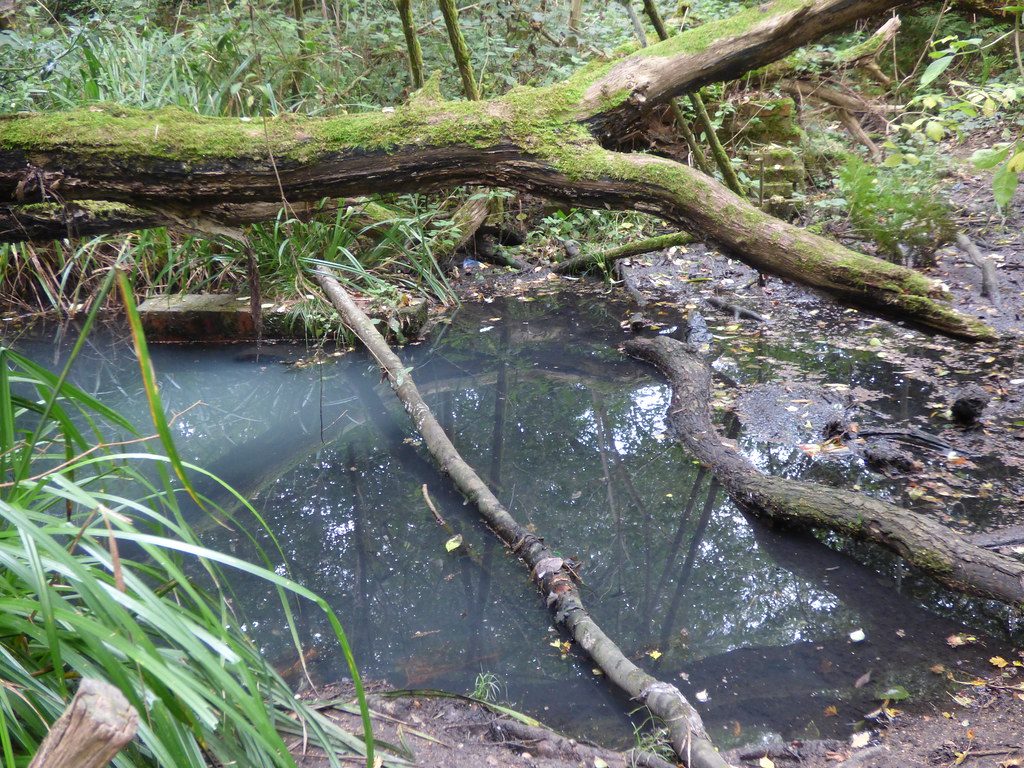Fantasy books are one of our favourite ways to escape our own reality. Delving into a magical kingdom, a mystery world, or an alternative universe can provide us with adventures never before anticipated from our blue and green rock. But what if we told you that many of your favourite fantasy lands are based on real-life – and visitable – places?
Turning Over Old Leaves
Possibly the most loved of fantasy lands has been populated by readers for over eight decades: Tolkien’s Middle Earth. Having spent his childhood in Moseley and surrounding areas in the south of Birmingham, it is no wonder how the gnarled trees, muddy bogs and bricked up mills inspired Tolkien’s famous creations.
Moseley Bog is believed to be the main inspiration for Tolkien’s Fangorn Forest and the Old Forest. The area was awarded a heritage lottery fund grant in 2010 to help sustain the historical significance of the site. Mosely Bog has remains of past civilisations including Victorian, Edwardian, and even Medieval. The bog and land it inhabits attract visitors from all over the world despite having minimal promotion from the town. The bog features a convenient wooden walkway so you can enjoy magical views while avoiding getting stuck in the mud!


Moseley Bog, Birmingham
The gnarled branches of ancient trees are full of character, almost taking on personalities of their own. It is easy to see how a young boy and budding writer would conceive of the Ents. Among the undergrowth and fallen leaves, you can easily imagine lost footprints of hairy Hobbit feet!
Woodland Wonders
For a world far from horror and full of virtue, nature takes its place as the bringer of calm in A. A. Milne’s ‘Winnie the Pooh’ stories. The beautiful and joyous landscape of Hundred Acre Wood is based on Five Hundred Acre Wood situated in Ashdown Forest, East Sussex. A. A. Milne’s son, Christopher Robin Milne, enjoyed walks through the forest as a child. Stories created by his father with him as a reinvented as a character in the tales have become a much-loved world of fantasy for children and adults alike.
Visiting the site in Ashdown Forest is not easy, as Five Hundred Acre wood is privately owned. As a consequence of this, there are no official tours or Milne references. However, they are two public paths which will allow you to walk through the woods and, if your imagination dares, to skip amongst echoes of Pooh’s gentle laughter and Piglet’s cheers of joy.
Tales with Walls
Most fans will know that Lewis Carroll’s Alice was written for a real girl called Alice Liddell. Liddell’s father was dean of Christ Church College, Oxford, and in turn had access to a large, lush deanery garden. The garden wall housed a locked door to another section, a ‘secret garden’ if you will. Alice’s curiosity to get into the hidden gardens is said to have inspired Lewis Carroll’s ‘Alice’s Adventures in Wonderland’. The wall with the locked door is still visible today. In the Deanery Gardens sits an old oak tree which is rumoured to be the Cheshire cat’s tree. Today you can find a wooden carving of the smiling cat on one of the branches.
Visiting these old towns, you’ll feel the history in the walls and envisage the mystical secrets hidden behind the cracks. Thanks to their rich history and prevalent folkloric narratives, the famous old towns are so often used in literature. You may even see suggestions of other fantasy stories you know.
Buccaneers and Buried Gold
Robinson Crusoe Island – originally known as ‘Mas a Tierra’ – is named after Daniel Defoe’s hugely successful novel. The island is one of the three Juan Fernandez Islands situated in the South Pacific Ocean. It sits off the coast of Chile. Defoe was inspired by the story of Alexander Selkirk, a sailor marooned on the island at the start of the 18th century. Defoe’s fictional island is actually set in the Caribbean, but the history of the Mas a Tierra and its literary connection caused the Chilean government to rename the island in 1966. This drew on the touristic opportunity.
Isla de la Juventud, Cuba
Selkirk’s survival story was not only an inspiration for Defoe. His buccaneering youth and adventures of fellow sailors around South America and the West Indies gained increased popularity in literature.
Islands of Adventure
The mystery of uninhabited and scarcely populated lands along with the dangers of piracy play a significant role in Stevenson’s Treasure Island and Barrie’s Peter Pan. Both novels took heavy inspiration from the Isla de la Juventud (Isle of Youth), previously Isla de Pinos, and used the tropes to create some of the most memorable and well-loved stories.
Isla de la Juventud now has a population of over 86,000. It is a gorgeous tourist destination for those who want a little taste of paradise while stepping into a wealth of literary value. Fishing is greatly popular, but just be careful of rogue mermaids and if you hear a clock ticking… run!
Escape into a fantasy land of your own with our huge range of fantasy fiction books. Explore new worlds and feel magic between your fingers.
Do you have a favourite fantasy land from fiction? Have you been to any real fantasy lands? Let us know in the comments below!






No Comments